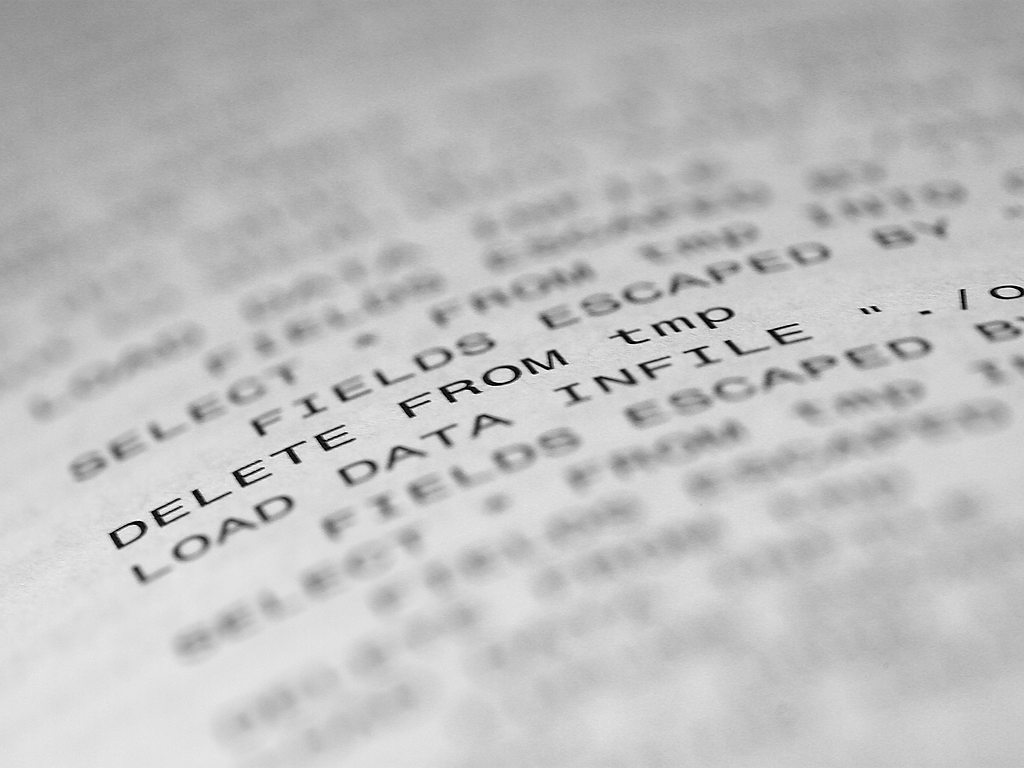Named Entity Recognition using LLMs: a cTakes alternative?
TLDR: The targeted distillation method described may be useful for creating an LLM-based cTakes alternative for Named Entity Recognition. However, the recipe is not available yet.

Image credit: Wikimedia
Named Entity Recognition is essential in clinical documents because it enhances patient safety, supports efficient healthcare workflows, aids in research and analytics, and ensures compliance with regulations. It enables healthcare organizations to harness the valuable information contained in clinical documents for improved patient care and outcomes.
Though Large Language Models (LLMs) can perform Named Entity Recognition (NER), the capability can be improved by fine-tuning, where you provide the model with input text that contains named entities and their associated labels. The model learns to recognize these entities and classify them into predefined categories. However, as described before fine-tuning Large Language Models (LLMs) is challenging due to the need for substantial, high-quality labelled data, the risk of overfitting on limited datasets, complex hyperparameter tuning, the requirement for computational resources, domain adaptation difficulties, ethical considerations, the interpretability of results, and the necessity of defining appropriate evaluation metrics.
Targeted distillation of Large Language Models (LLMs) is a process where a smaller model is trained to mimic the behaviour of a larger, pre-trained LLM but only for specific tasks or domains. It distills the essential knowledge of the LLM, making it more efficient and suitable for particular applications, reducing computational demands.
This paper described targeted distillation with mission-focused instruction tuning to train student models that can excel in a broad application class. The authors present a general recipe for such targeted distillation from LLMs and demonstrate that for open-domain NER. Their recipe may be useful for creating efficient distilled models that can perform NER on clinical documents, a potential alternative to cTakes. Though the authors have open-sourced their generic UniversalNER model, they haven’t released the distillation recipe code yet.
REF: Zhou, W., Zhang, S., Gu, Y., Chen, M., & Poon, H. (2023). UniversalNER: Targeted Distillation from Large Language Models for Open Named Entity Recognition. ArXiv. /abs/2308.03279








